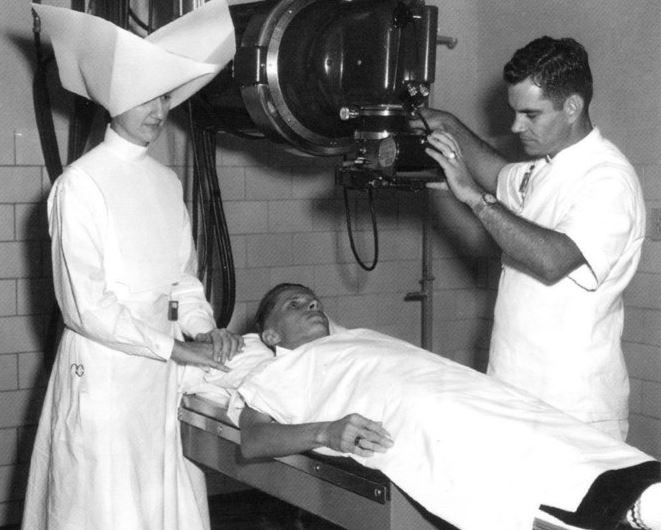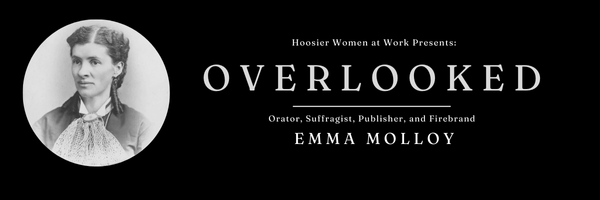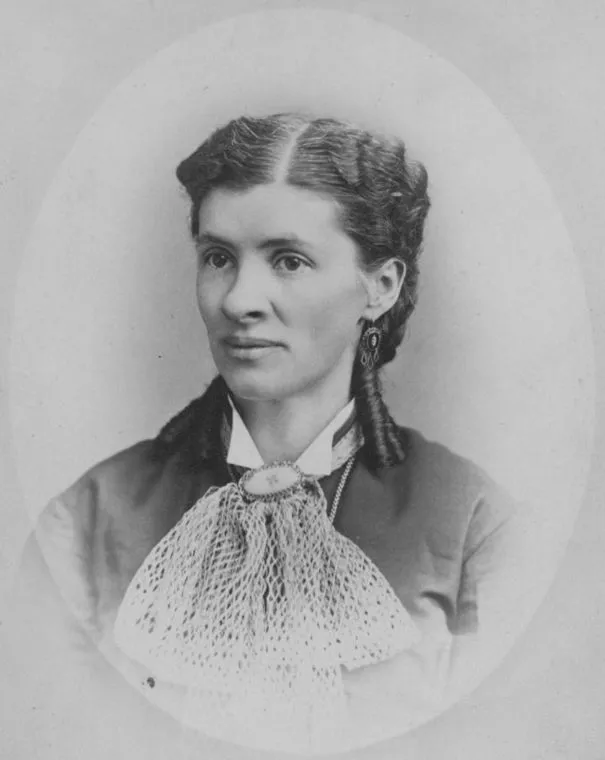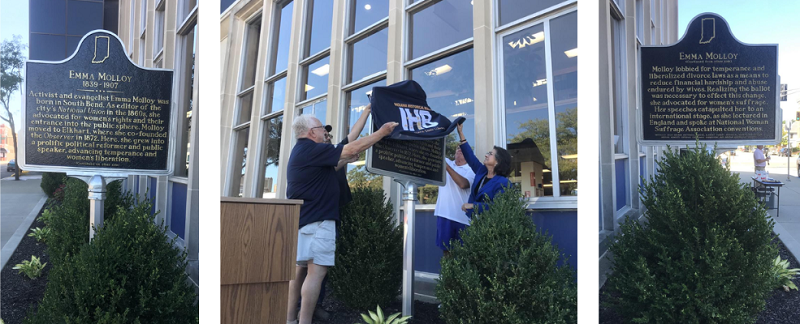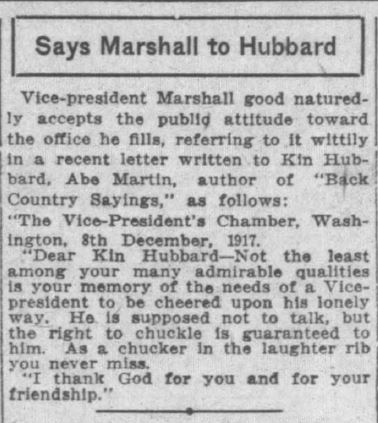
This week marks the anniversary of two historic events, neither of them well-known. The scene? St. Vincent’s Hospital in Indianapolis.
The story actually begins on September 3, 1902, when President Theodore Roosevelt was visiting Pittsfield in the Berkshire Hills of western Massachusetts. While traveling through town in a horse-drawn carriage, the president and his entourage crossed a set of trolley car tracks. To their horror, a speeding electric interurban car rushing to beat the president’s arrival downtown didn’t come to a stop and knocked the carriage about forty feet.
Roosevelt was jettisoned onto the pavement, landing on his face. The Governor of Massachusetts, Winthrop Crane, escaped with only a few bruises. But a Secret Service agent, William Craig, died a horrible death, “ground under the heavy machinery of the car into an unrecognizable mass.” (Craig, a Scottish immigrant and former British soldier, was the first U.S. Secret Service agent ever killed in the line of duty.) The trolley car’s motorman, Euclid Madden, spent six months in jail for his recklessness that almost cost the Commander in Chief his life.

While the press toned down the extent of Roosevelt’s injuries, the president developed a worrisome abscess on his leg, an infection that caused him no small amount of pain. He even spent a short time in a wheelchair.
The burly and athletic Roosevelt, however, continued with his itinerary, stumping for Republican candidates during a national speaking tour slated to take him as far west as Nebraska. He did, in fact, make it out to the Midwest, stopping in Detroit, Logansport, Kokomo, Tipton and Noblesville. Twenty days after his narrow scrape with death in New England, however, the leg injury he sustained required an emergency surgery — in Indianapolis.

On September 23, after giving a speech “in intense pain” at the Columbia Club on Monument Circle, Teddy Roosevelt, who was limping noticeably and wincing with pain at almost every step, had to have his infected leg lanced and drained at St. Vincent’s Hospital.
At that time, St. Vincent’s was still located downtown at the corner of South and Delaware Streets, just a short distance from the club. Surgeon Dr. John H. Oliver performed the operation, which kept Roosevelt clear of the threat of blood poisoning. (Blood poisoning was serious business in those days and usually ended in death. Tragically, its specter returned to presidential history in 1924, when Calvin Coolidge’s 16-year-old son, Cal, Jr., developed a blister on his toe while playing tennis on the White House lawn. Young Coolidge died of the resulting infection within a week.)

Doctors examined Roosevelt’s leg wound by natural light coming through a south window of the hospital. “He took only a local anesthetic,” the Journal reported, “which was applied to the leg. He seemed to feel that an unnecessary amount of fuss was being made over him. . .” Yet as the surgery proceeded, the president’s “arms were thrown behind his head with his hands clasped. Occasionally the pain became so severe that his elbows bent close to the sides of his head as if to ease the pain. His eyes were closed and his teeth pressed close together.”
Accompanying Roosevelt to St. Vincent’s that day was U.S. Secretary of War Elihu Root. (In spite of his bellicose job title, Root went on to win the Nobel Peace Prize in 1912 for promoting goodwill between the U.S. and Latin America.) Root was one of the few government officials allowed inside the building. An anxious crowd of several hundred Hoosiers gathered outside “and never removed their gaze from the hospital.” Even Hoosier senators Charles Fairbanks and Albert Beveridge and Governor Winfield Durbin “were challenged by the guard and not permitted to enter.” Militiamen and Secret Service agents were stationed outside St. Vincent’s. All was silent, only the clip-clop of the occasional soldier’s horse passing on the street.


Roosevelt’s Midwest tour was called off after the Indianapolis surgery, and his own doctors ordered him sent back to Washington. Guarded by the Secret Service (his successor, William McKinley, had been assassinated by an anarchist almost exactly a year earlier), Pullman porters carried Roosevelt on a stretcher about one block to the Pennsylvania Railroad tracks on South Street. As the stretcher left St. Vincent’s, lit only by new electric street lamps, “there was a death-like stillness as people craned their necks to catch a glimpse of the president. . . He lay flat on his back and the covers were pulled up under his chin. . . Many men in the crowd removed their hats, believing that the president’s condition was very serious.”
Men might have taken their hats off out of respect for the president. But the women who cared for Roosevelt at St. Vincent’s that day were justly famous not only for their dedication to the sick and needy but for their very hats.
During Roosevelt’s hospitalization in Indy, he was cared for by Roman Catholic nuns. The Daughters of Charity of St. Vincent de Paul, pioneers of American nursing and primarily devoted to the field of medicine, had taken charge of Indianapolis’ second city hospital back in 1881. While recuperating, Teddy Roosevelt must have noticed the sisters’ distinctive and fascinating headgear — known as the cornette — as he lay in bed after the agonizing surgery.
Sister Mary Joseph attended to him alongside Dr. Oliver in the operating ward. Assigned to his private room was Sister Regina, whom Roosevelt remembered from his Rough Rider days, when she was stationed at the U.S. Army’s Camp Wickoff at Montauk Point on Long Island, New York, at the end of the Spanish-American War.
We should doff our hats to them, too.
This week’s second unheralded anniversary? Cornettes, which earned this order of dedicated women the epithet “Butterfly Nuns” or “Flying Nuns,” were abandoned on September 20, 1964. Designed to reflect 17th-century French peasants’ outfits, the nuns’ habits, in spite of the fact that they wore them out onto the carnage of Gettysburg Battlefield in 1863, were considered “impractical for modern use.” A photo from the Greencastle Daily Banner announces the change in 1964.
The new garb marked a major change in the visual spectacle of medical care in many major American cities, including Indianapolis. Amazingly, the nuns’ new outfit was planned by world-renowned French designer Christian Dior before he died in 1957. The rumor in France at the time of Dior’s death — allegedly after he choked on a fish bone — was that he was “called back by God to re-outfit the angels.”
The Daughters of Charity Provincial Archives maintains a small exhibit about Roosevelt’s short time under the care of “God’s geese” in Indiana.

